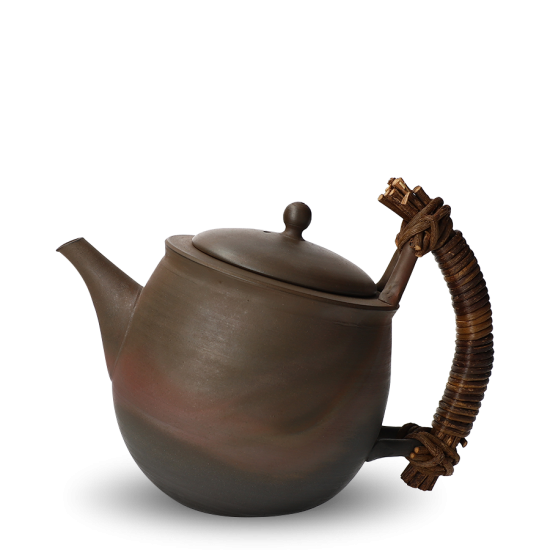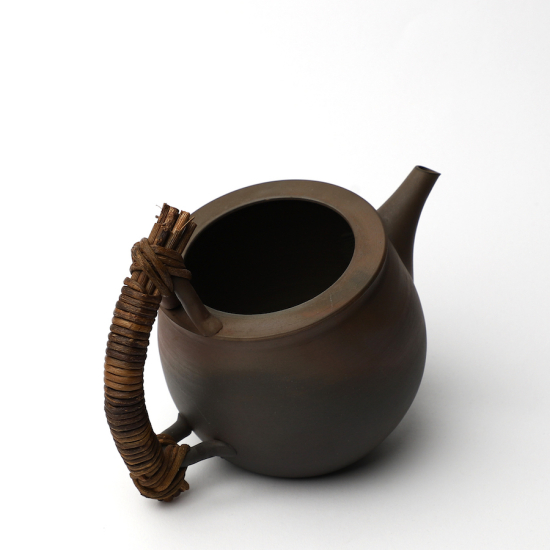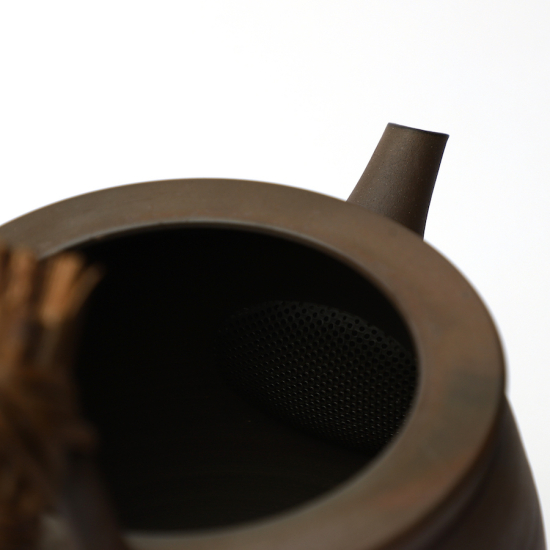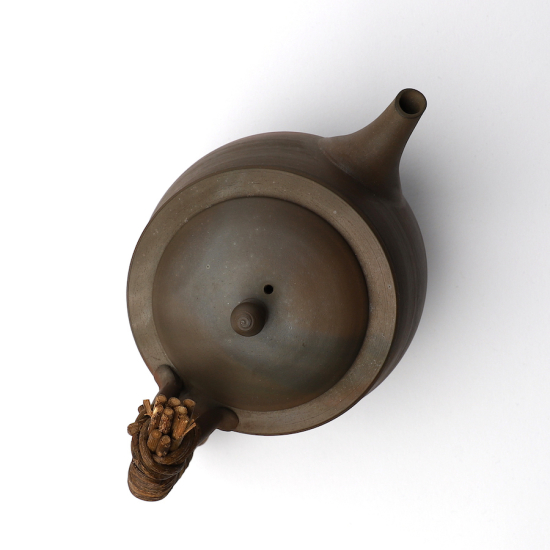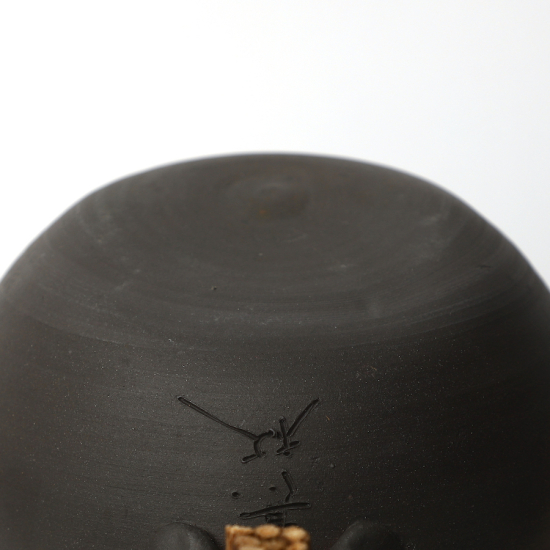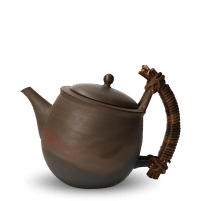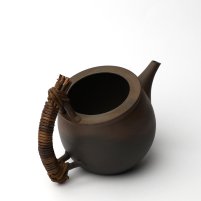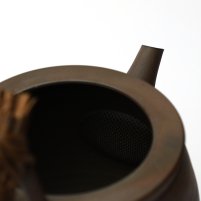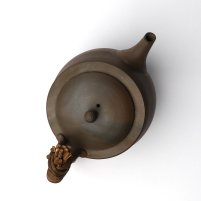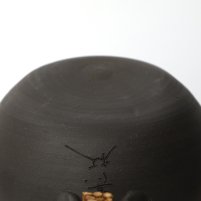A Kyusu is a traditional Japanese teapot, which is ideal for the preparation of Japanese green tea. On the inside, natural clay is fired and unglazed, allowing the body to react with the water and tea to bring out the tea's aromas. The best way to steep the tea is to leave it free-floating in the pot; this allows for a more complete extraction of flavours and ingredients, while the integrated sieve filters the leaves when pouring. The tea should only ever be brewed fresh, but can be suitable for several uses. The handles on the side and lid prevent the hand from coming into direct contact with the hot teapot. Throughout history, there have been hundreds of pottery hubs around Japan, wherever the volcanic soil had rich clay deposits. Some are still active today, including the six main "old kilns" (rokkoyo): Bizen, Shigaraki, Seto, Echizen, Tamba and Tokoname. Others include Karatsu, Hagi, Mino, Shino, Oribe, Setoguro Ki-Seto and Kyo-yaki, and for tea ceramics above all Banko in Yokkaichi. They differ by region according to the composition of the clay, the prevalent firing method, the craftsmanship techniques, decoration and glazing methods, and the fineness or deliberate coarseness of the finish. Notably, the clay type and firing determine how the kyusu contributes to the tea's flavour profile, i.e. which flavours are enhanced or subdued. For this reason, tea connoisseurs often have several different of kyusu in order to perfectly prepare various teas. Among the finest and most valuable kyusu are those made by masters who are famous not only for their special talents in manufacturing, form and decoration, but also for their production of natural clay as well as their unique firing techniques. Spearheaded by the most highly awarded masters alive today, who are considered some of Japan's national treasures, there is a whole hierarchy of craftsmanship, ranging from studios that still draw on inspiration from old masters, to fierce young studios, to family-run micro-enterprises that produce the majority of everyday tea ceramics. Vintage kyusu, which are made entirely from now-exhausted premium natural clay from their respective regions, are essential collector's items, resulting in unparalleled tea flavours.



